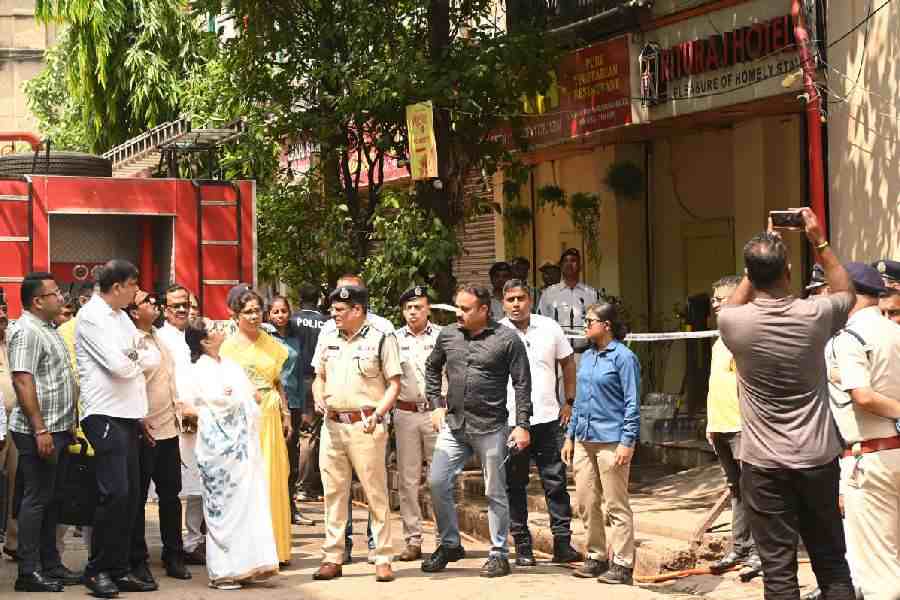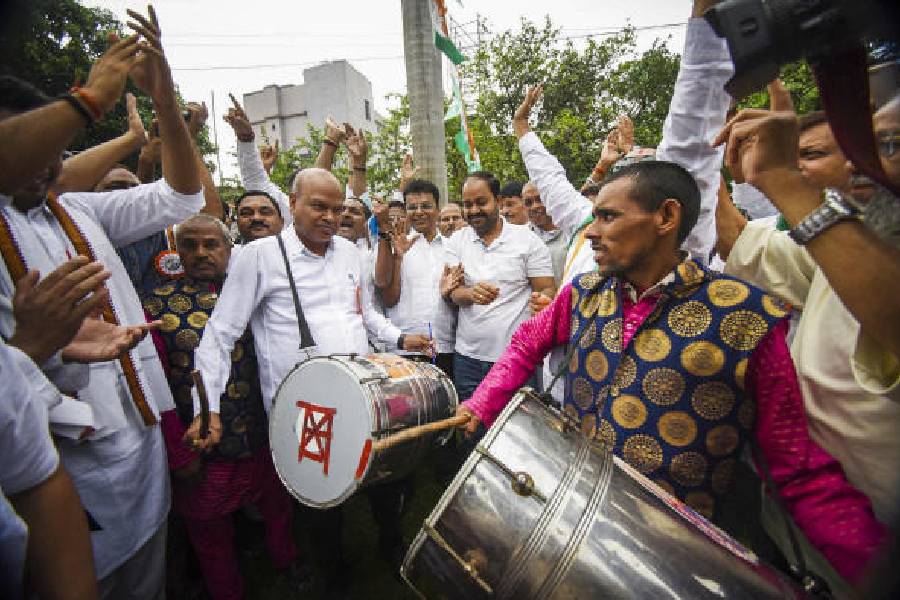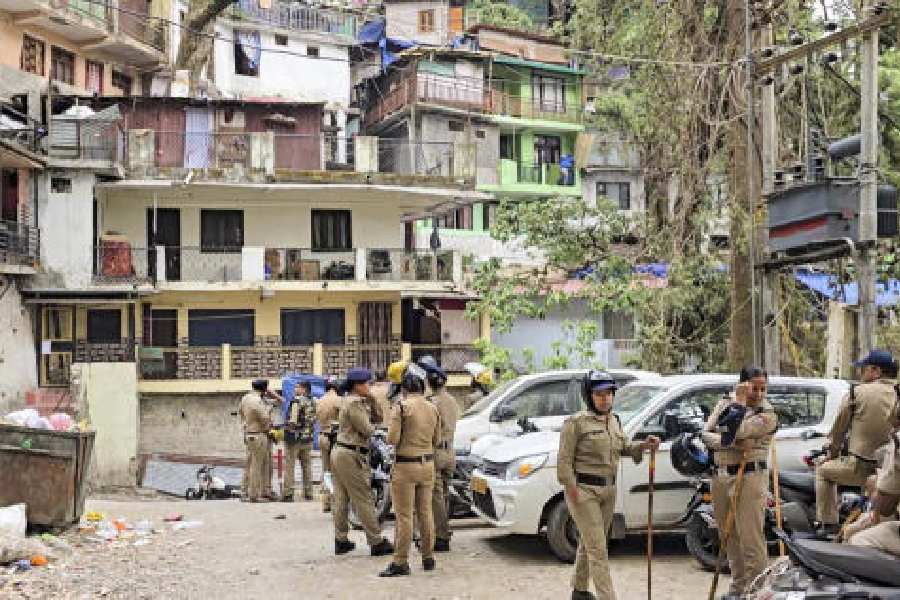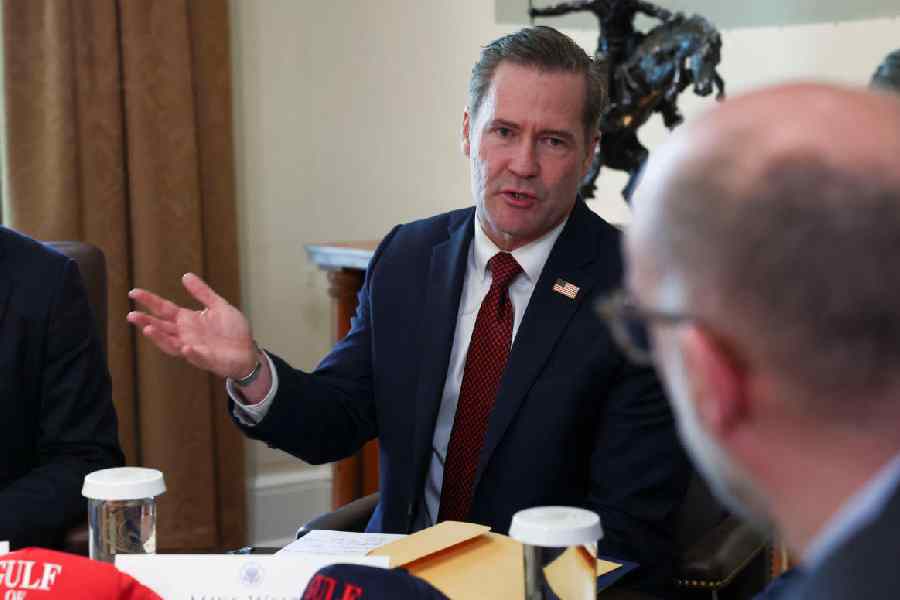
Hundred seats have remained vacant at the Indian Institute of Engineering Science and Technology (IIEST), Shibpur, this year as the institute did not participate in a special round of counselling, citing inadequate infrastructure.
The Central Seat Allocation Board (CSAB) had conducted a special round of counselling in July to fill vacant seats in the National Institutes of Technology (NITs) and other institutes that admit students on the basis of JEE Main ranks.
"We did not participate in the special round of counselling because of infrastructure inadequacies. We don't want students to attend classes in a cramped room by filling seats somehow," IIEST director Ajoy Kumar Ray told Metro.
Infrastructure problems range from lack of hostel facilities to inadequate classrooms and labs and a shortage of teachers, an IIEST source said.
The CSAB, tasked with overseeing the admissions in various participating institutes from the first to the fourth round, had conducted the special round of counselling on July 20 after seats remained vacant in streams like computer science and communication engineering.
An institute official, however, said that seats had remained vacant mainly in the other backward class (OBC) category.
The ministry of human resource development (MHRD) had asked IIEST in July to keep 27 per cent of the seats reserved for OBC students apart from a separate quota for SC/ST students from this academic session, overruling the institute's proposal to go for a phased increase. This had led to an increase in the number of seats by 150, taking the total to 726.
Though the IIEST did not take part in the special round of counselling, its vacancy figure shot up. Students who were to take admission to the institute joined various NITs after the counselling.
"There was no inflow of students as the institute did not participate in the special counselling; but that did not stop the outflow of students," the IIEST source said. "The outflow figure is not too alarming though."
At a senate meeting in April, one of the members had pointed out that it would be impossible to continue an integrated five-year dual degree programme without the recommended teacher-student ratio of 1:8. He had also said that academic infrastructure needed to be set up with funds from the ministry, following the recommendations of the Anandakrishnan Committee.
In 2005, the ministry had appointed the committee to oversee the proposed transformation of a select few institutes into IIESTs.
That member had told Metro then that the teacher-student ratio was nowhere near what the committee had recommended.
While the committee had recommended a teacher-student ratio of 1:8, the ministry prescribed 1:12 and the institute followed 1:15.
"It's difficult to pursue such a condensed programme with this ratio.... Of the 300 sanctioned teaching posts, 70 are vacant," the member had said.
The situation has remained unchanged to date, the source said. He said sound academic infrastructure meant setting up state-of-the-art laboratories.
In the first five years, the IIEST is supposed to receive Rs 593 crore from the ministry with the annual break-up being more than Rs 100 crore.
"But funding has so far been inadequate," the source said. "In the first year (2014-15) we received only Rs 52 crore, of which Rs 28 crore came at the end of the financial year. This fiscal, we have received Rs 22 crore so far. The money goes into paying salaries.... There's hardly any left to set up high-end research labs."
A professor said the entry of students with low ranks was worrying. "It's a blessing in disguise that we did not have to start with 726 seats. But we are concerned about our failure to attract bright students," the professor said.
Ray had told Metro in July that the institute had planned a slew of steps to avoid admitting students with low ranks.
One of the steps is to approach the ministry with an appeal to allow the institute to admit students through JEE Advanced - like the IITs - instead of JEE Main from 2016.










